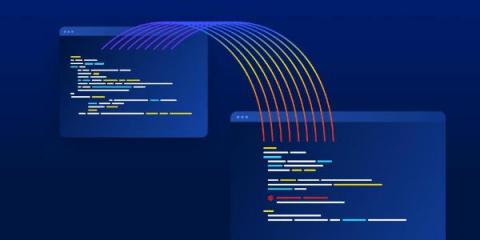Why every developer needs to learn about source maps (right now)
You did it! Sure, it might be four weeks overdue and late on a Friday, but you’ve finally finished deploying a long-awaited update to the web app. However, your celebrations are cut short as your phone vibrates off the table. Picking it up, you’re confronted with a developer’s worst nightmare. You’re getting flooded with messages that the login is no longer working. Was it your deployment? This is bad. Nobody can use the site if they can’t log in.







